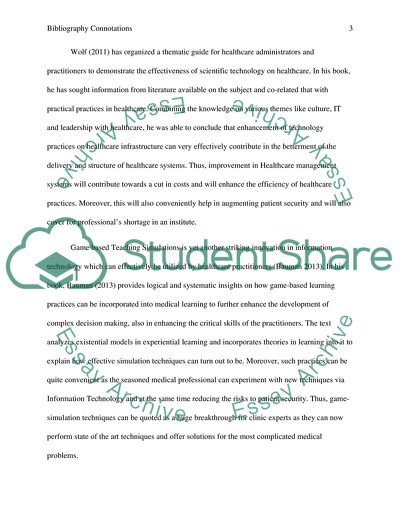Cite this document
(The Impact of Technology on the Healthcare Field Literature review Example | Topics and Well Written Essays - 1750 words, n.d.)
The Impact of Technology on the Healthcare Field Literature review Example | Topics and Well Written Essays - 1750 words. https://studentshare.org/health-sciences-medicine/1813740-the-impact-of-technology-on-the-healthcare-field
The Impact of Technology on the Healthcare Field Literature review Example | Topics and Well Written Essays - 1750 words. https://studentshare.org/health-sciences-medicine/1813740-the-impact-of-technology-on-the-healthcare-field
(The Impact of Technology on the Healthcare Field Literature Review Example | Topics and Well Written Essays - 1750 Words)
The Impact of Technology on the Healthcare Field Literature Review Example | Topics and Well Written Essays - 1750 Words. https://studentshare.org/health-sciences-medicine/1813740-the-impact-of-technology-on-the-healthcare-field.
The Impact of Technology on the Healthcare Field Literature Review Example | Topics and Well Written Essays - 1750 Words. https://studentshare.org/health-sciences-medicine/1813740-the-impact-of-technology-on-the-healthcare-field.
“The Impact of Technology on the Healthcare Field Literature Review Example | Topics and Well Written Essays - 1750 Words”. https://studentshare.org/health-sciences-medicine/1813740-the-impact-of-technology-on-the-healthcare-field.


